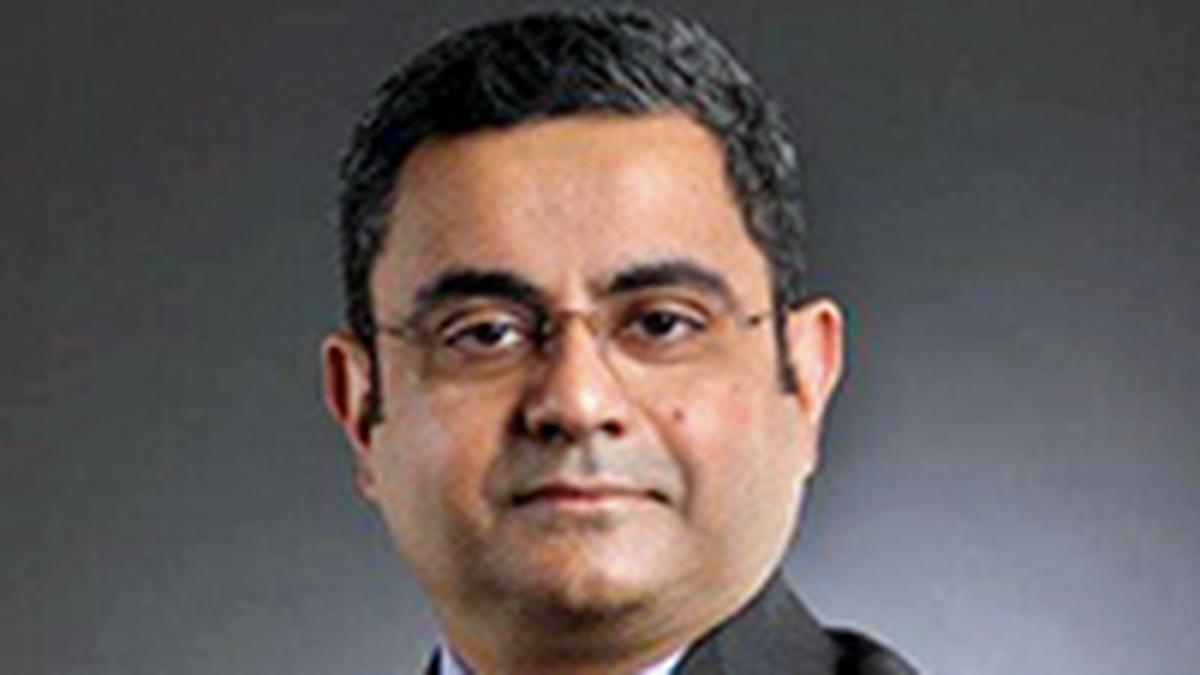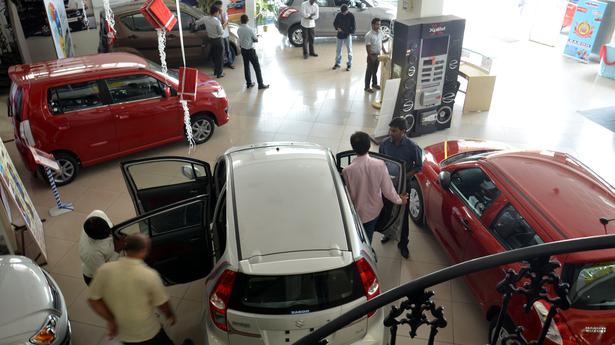Private investment is taking place in the country, but is concentrated in a few sectors and has been exhibiting a “stop-start” effect since the COVID-19 pandemic, according to Subhrakant Panda, Managing Director of Indian Metals & Ferro Alloys Limited and former President of the Federation of Indian Chambers of Commerce & Industry (FICCI).
While some of the reasons behind this — global uncertainty and adequate current capacity — are more well known, Mr. Panda also points out that recent positive reforms such as the Insolvency and Bankruptcy Code (IBC) have encouraged companies to be more disciplined about their investments.
“It’s not as if there is no investment across the board,” Mr. Panda told The Hindu in an interview. “There is a reasonable amount of investment that is happening. Money will flow where there is opportunity.”
“I think there are sectors that are more in focus and are therefore getting investments,” he added. “It’s not surprising that a lot of investment is going into renewables, a lot of investment is going into logistics-related infrastructure. No doubt, a bulk of the heavy lifting is being done by the government, but private sector investment is coming in there as well.”
Reforms bringing discipline
One of the less-talked-about factors that has slowed investment activity as compared to previous years is increased discipline by investors, Mr. Panda pointed out.
“I think the IBC is one of the most major reforms that the government has enacted, a very good reform,” he explained. “But the flip side of the reform is that, today, if a capex decision goes wrong, there are consequences. So there is that added layer of ‘let me be sure before I go ahead’.”
IBC has brought about additional discipline in companies by instilling the notion that, if they take on debt and invest that into expansion, there are consequences if that does not play out the way they anticipated.
“I don’t want to go down the path of saying what was happening earlier, but I think a better way of putting it is to say that today there are consequences for a wrong call and therefore it is important to be absolutely sure before you invest,” Mr. Panda added. “Does that add a slight hesitation to an investment decision? Perhaps!”
He did clarify that it was not as if the private sector players operated as if there were no consequences earlier, but that these consequences are now “more stark”.
Notably, Mr. Panda also pointed out that the IBC might actually be resulting in an undercounting of private investment. “The other interesting aspect of IBC is that a lot of money has gone into reviving dead assets or underutilised assets,” he explained. “I am not sure if an investment to acquire an asset under IBC is also being counted as private capex or not, but the fact is that is also money that is going into enhancing productive capacity.”
Trump effect, again
Mr. Panda explained that the years before the pandemic were not very much better in terms of global uncertainty. Then, too, it was the Donald Trump effect.
“In the pre-COVID years, if we were to extrapolate based on our experience in our industry, 2018 and 2019 were two very tough years because of all the trade disputes between the U.S. and China, particularly, which were creating turmoil throughout global markets,” he said.
He added that, while this uncertainty was definitely felt by the metals and alloys sector, it was fair to assume that this was the case for most of the Indian economy, barring a few exceptions.
“There was uncertainty due to all the tariff disputes in Trump 1.0,” Mr. Panda asserted. Now, geopolitical issues including tariff uncertainties brought on by Mr. Trump are playing spoilsport again, he added.
“If you look at private investment from 2021-22 onwards, the data shows that every alternate year, capex has grown,” Mr. Panda explained. “FY25 saw the highest growth of about 55-60%, in investment intentions.”
This “stop-start” has a lot to do with the continuing uncertainties around the world, he said. When the economy emerged from COVID, companies took about 18-24 months to gauge the scenario before committing to major investments.
“What has also happened in the last few years is that you have had a panoply of geopolitical issues, whether it is the conflicts, whether it is several other issues and now, of course, trade disputes in the form of reciprocal tariffs again coming up,” he said. “So, I think all of that has had an input.”
Adequate capacity
Mr. Panda pointed out that the capacity utilisation of the private sector — a measure of how intensively it was using existing capacity — stood at about 75% at an aggregate level. This, he explained, was not high enough to encourage fresh investments.
“When we were coming out of COVID, capacity utilisation inched up from the high 60s to the high 70s,” he explained. But initially it was very disproportional, where certain sectors such as auto, paper, etc., were 90% plus and certain sectors, which were below the average. Now it’s a lot more secular growth, if I can put it that way.”
“But the general principle is that unless you cross 80% capacity utilisation, you generally don’t look at replacements,” he said. “So, that is where it is.”
Published – August 17, 2025 07:33 pm IST





